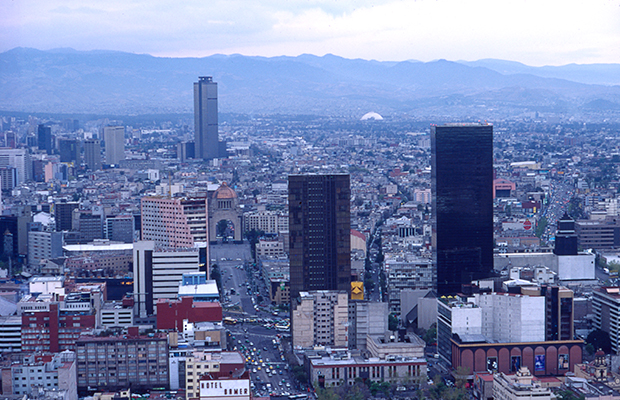OECD report: wealth gap is damaging economic growth
OECD studies show that widening income inequality has had a measurable impact on economic growth in the past two decades

Mexico has one of the widest margins of wealth inequality in the world, along with countries such as New Zealand and Finland. An OECD study suggests this gap is damaging economic growth

Research conducted by the Paris-based OECD proves that income inequality has a “negative and statistically significant impact on medium-term growth”, particularly in nations where the wealth gap is widest. The study shows that in many member nations the gulf between rich and poor is at its widest in 30 years, adding that earnings among the richest 10 percent are 9.5 times greater than those in the poorest 10 percent.
[E]arnings among the richest 10 percent are 9.5 times greater than those in the poorest 10 percent
In the past two decades, growing margins of inequality are believed to have clipped over 10 percent off growth in Mexico and New Zealand, almost nine percent off the UK, Finland and Norway, and somewhere in the region of between six and seven percent in the US, Italy and Sweden. “The evidence is strongly in favour of one particular theory for how inequality affects growth: by hindering human capital accumulation income inequality undermines education opportunities for disadvantaged individuals, lowering social mobility and hampering skills development,” according to the report.
Although the bulk of the research focuses on those in the bottom 10 percent, the evidence shows that the negative effects are actually felt by those in the bottom four deciles of the working population, proving that the problem is not necessarily poverty but low income as a whole. Any response to the wealth gap, therefore, must target the vulnerable 40 percent, which includes even those in the lower-middle classes. The OECD recommended redistribution through taxes and benefits as the most appropriate policy tool in reducing inequality, and so, boosting economic growth.
Crucially, the report changes prior-held assumptions about the relationship between inequality and growth. “In particular, it challenges the view that policy makers necessarily have to address the trade-off between promoting growth and addressing inequality,” according to the report. “While previous work by the OECD has clearly shown that the benefits of growth do not automatically trickle down across society, the new evidence closes the circle by suggesting that inequality also matters for growth. Policies that help to limit or reverse inequality may not only make societies less unfair, but also wealthier.”













